Boiling rice porridge, or congee as it’s known in some cultures, is a timeless culinary practice that transcends geographical boundaries. From the creamy, comforting congee of East Asia to the hearty, flavorful jook of Southeast Asia, this dish embodies simplicity and nourishment. However, one common challenge that many home cooks face is preventing the porridge from overflowing as it simmers. Overflowing not only creates a mess on the stovetop but can also disrupt the cooking process, leading to an inconsistent texture. In this article, we’ll delve into the intricacies of how to boil rice porridge without overflows, ensuring a smooth, hassle-free cooking experience.
Understanding the Science Behind Overflows
Before we dive into practical tips, it’s crucial to understand why rice porridge overflows. The primary reason is the formation of foam during boiling. Rice contains starches that, when heated in water, break down and form a frothy layer on the surface. This foam, combined with the expanding volume of boiling liquid, can easily push its way out of the pot if left unchecked.
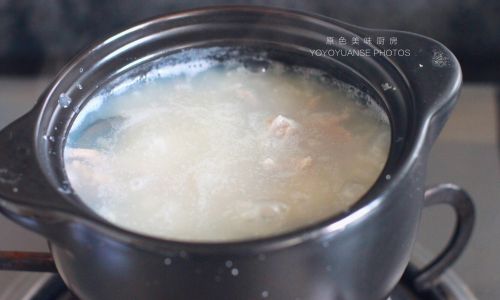
Moreover, the rapid increase in temperature and pressure inside a tightly covered pot can cause the porridge to bubble over more vigorously. Therefore, managing these factors is key to preventing overflows.
Choosing the Right Equipment
-
Pot Selection: Start with a heavy-bottomed pot. These pots distribute heat evenly, reducing the likelihood of hot spots that can cause sudden, vigorous boiling. A wide pot is also preferable as it provides more surface area for the porridge to boil without creating excessive foam pressure.
-
Lid with Ventilation: Use a lid that has a small vent or crack to allow steam to escape gradually. This prevents a sudden build-up of pressure inside the pot, which can force the porridge to overflow. If your pot doesn’t have a vented lid, you can create one by slightly lifting the lid with a wooden spoon or utensil during cooking.
-
Stirring Utensils: A long-handled spoon or ladle is essential for stirring the porridge without burning your hands. A silicone or wooden spoon is gentle on the non-stick surface of your pot, preventing scratches that could affect heat distribution.
Preparing the Ingredients
-
Rinsing the Rice: Always rinse your rice thoroughly under cold running water until the water runs clear. This removes excess starch on the surface of the grains, which can contribute to foam formation.
-
Soaking (Optional): Soaking rice for 30 minutes to an hour before cooking can soften the grains, reducing the cooking time and the amount of foam produced. However, soaking isn’t necessary for all types of rice, so adjust based on your recipe and preference.
-
Water Ratio: The ratio of water to rice is crucial. Generally, a 5:1 or 6:1 ratio of water to rice works well for porridge, but this can vary depending on the type of rice and your desired consistency. Too much water can lead to a soupier porridge and increase the chances of overflow.
The Cooking Process
-
Bringing Water to a Boil: Start by bringing the water to a boil before adding the rice. This ensures that the water is at the right temperature to cook the rice evenly from the outset.
-
Adding Rice: Once the water is boiling, add the rinsed and drained rice. Stir immediately to prevent the grains from sticking to the bottom of the pot and to distribute them evenly.
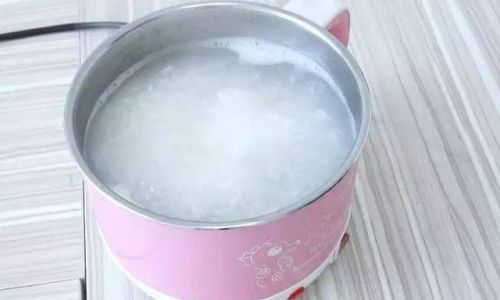
-
Adjusting the Heat: Reduce the heat to a gentle simmer. This is where patience is key. A low, steady heat allows the rice to cook slowly, releasing its flavors and starches without causing violent boiling.
-
Stirring Regularly: Stir the porridge every few minutes, especially during the first half of the cooking time. Stirring breaks up the foam and prevents it from building up. It also ensures that the rice doesn’t stick to the bottom or sides of the pot.
-
Monitoring and Adjusting: Keep an eye on the porridge, particularly if you’re using a pot without a vented lid. If you notice foam starting to form and rise, gently lift the lid to allow steam to escape and stir to reduce the foam.
-
Adding Ingredients: If your recipe calls for adding other ingredients like vegetables, meat, or spices, do so after the rice has started to soften and the porridge has thickened slightly. Adding these ingredients too early can increase the foam and change the cooking dynamics.
Final Touches and Serving
-
Testing for Doneness: The rice should be tender and the porridge should have a creamy consistency. Taste a few grains to check for doneness. If they’re still firm, continue cooking and stirring occasionally until they’re cooked through.
-
Seasoning: Once the porridge is cooked, season it to taste with salt, pepper, or other flavorings. Remember, seasoning should be done at the end to avoid altering the cooking process.
-
Serving: Ladle the porridge into bowls and serve hot, garnished with your favorite toppings like chopped green onions, fried shallots, or a drizzle of soy sauce.
Conclusion
Boiling rice porridge without overflows is a skill that, once mastered, can transform your kitchen experience. By understanding the science behind boiling, choosing the right equipment, preparing the ingredients thoughtfully, and carefully managing the cooking process, you can enjoy a perfect pot of porridge every time. Whether you’re making a comforting breakfast for the family or a hearty meal for friends, this timeless dish will always deliver warmth and nourishment. Happy cooking!
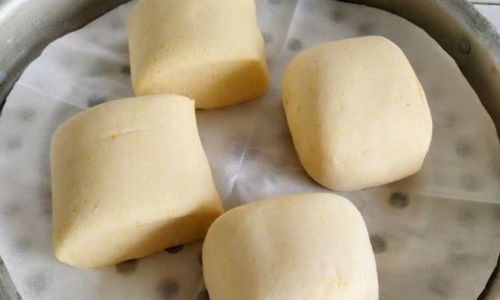
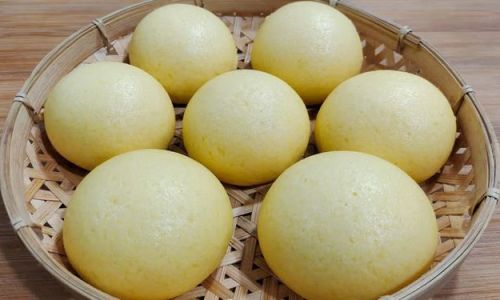
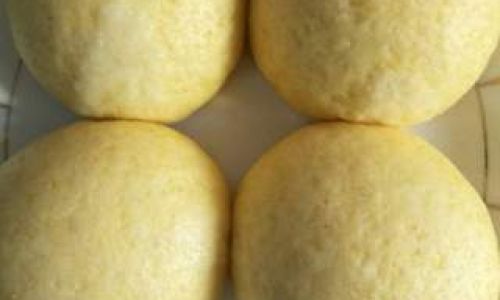

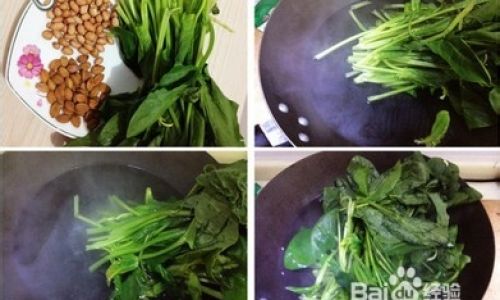
0 comments